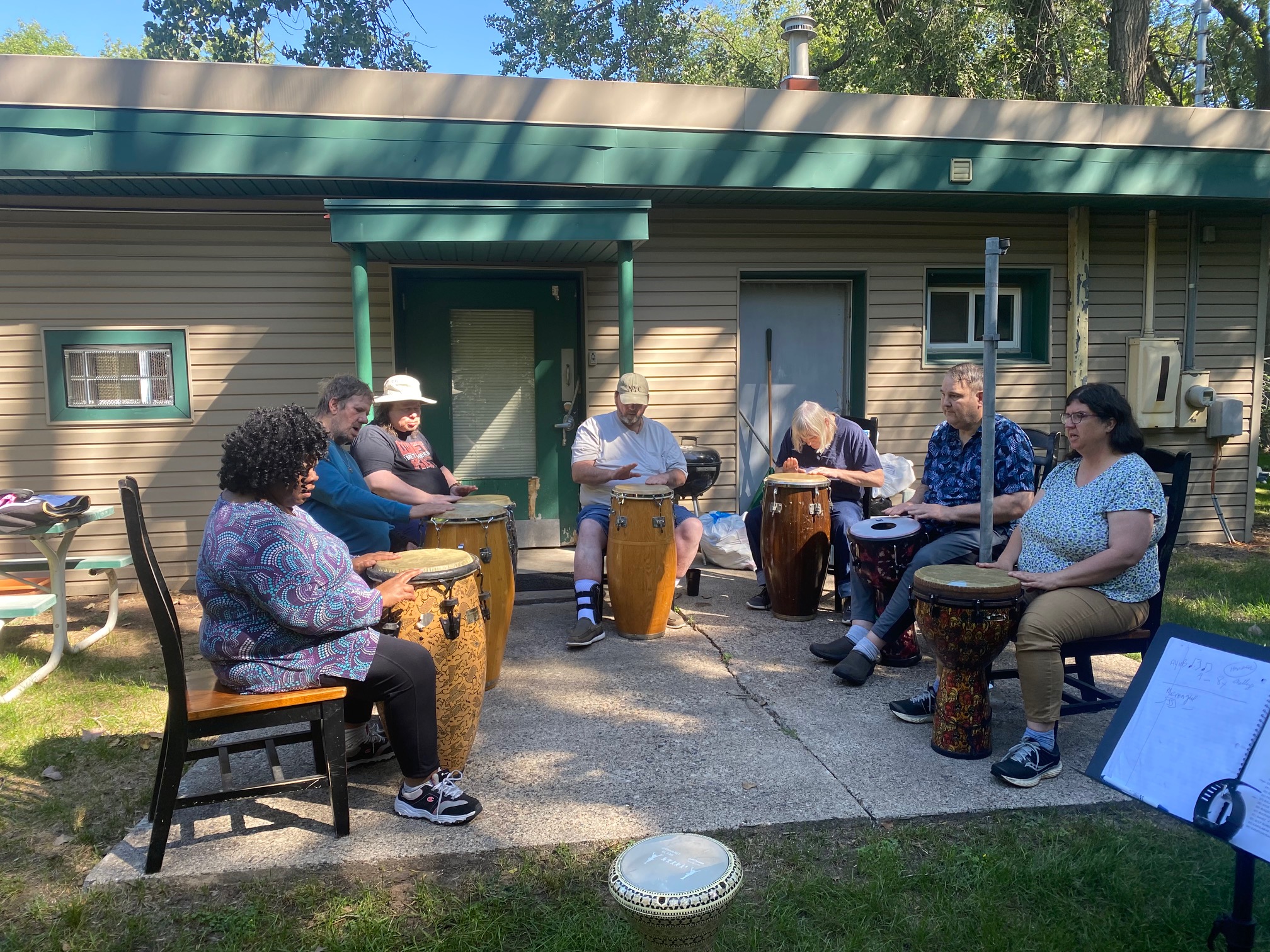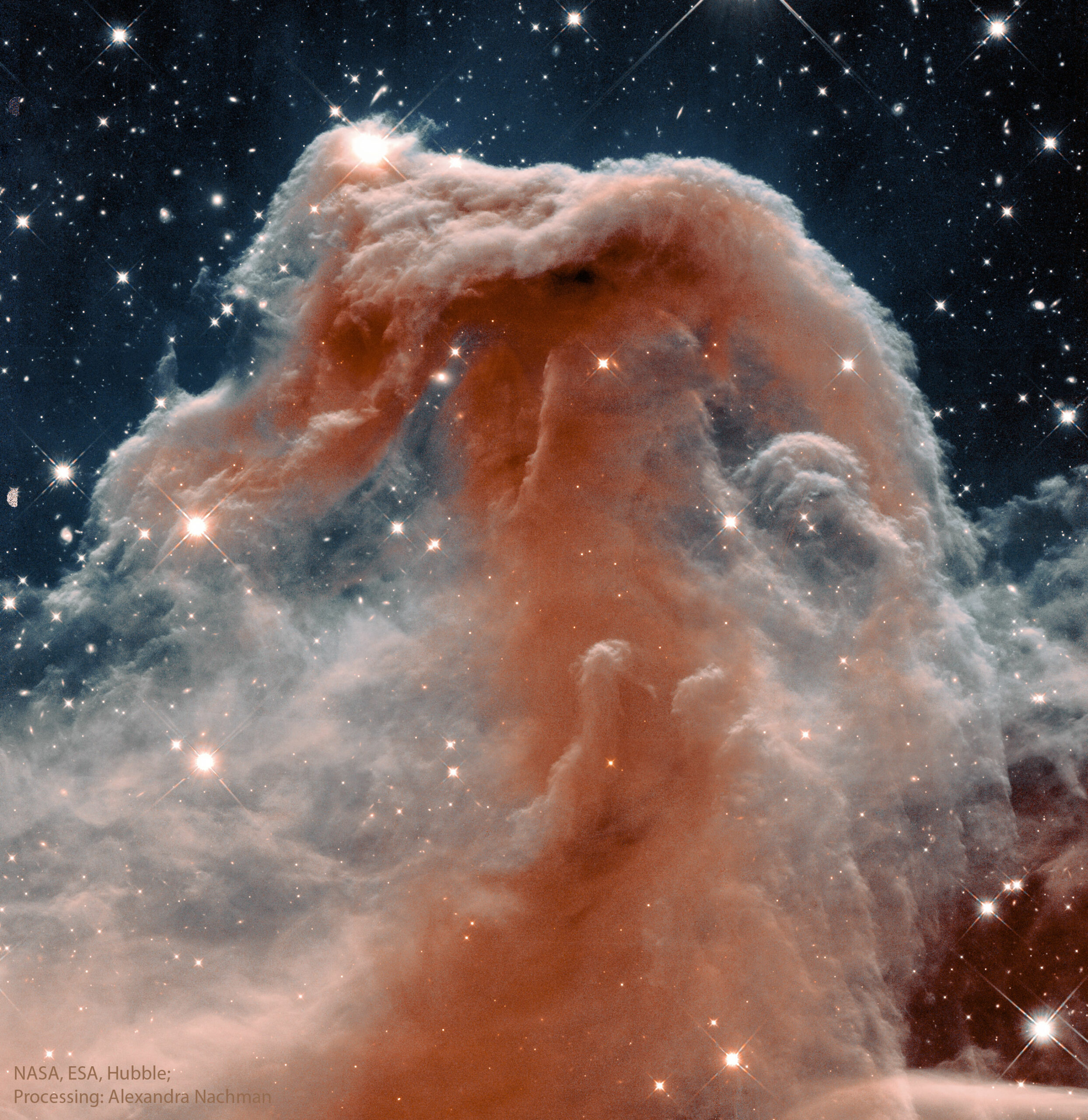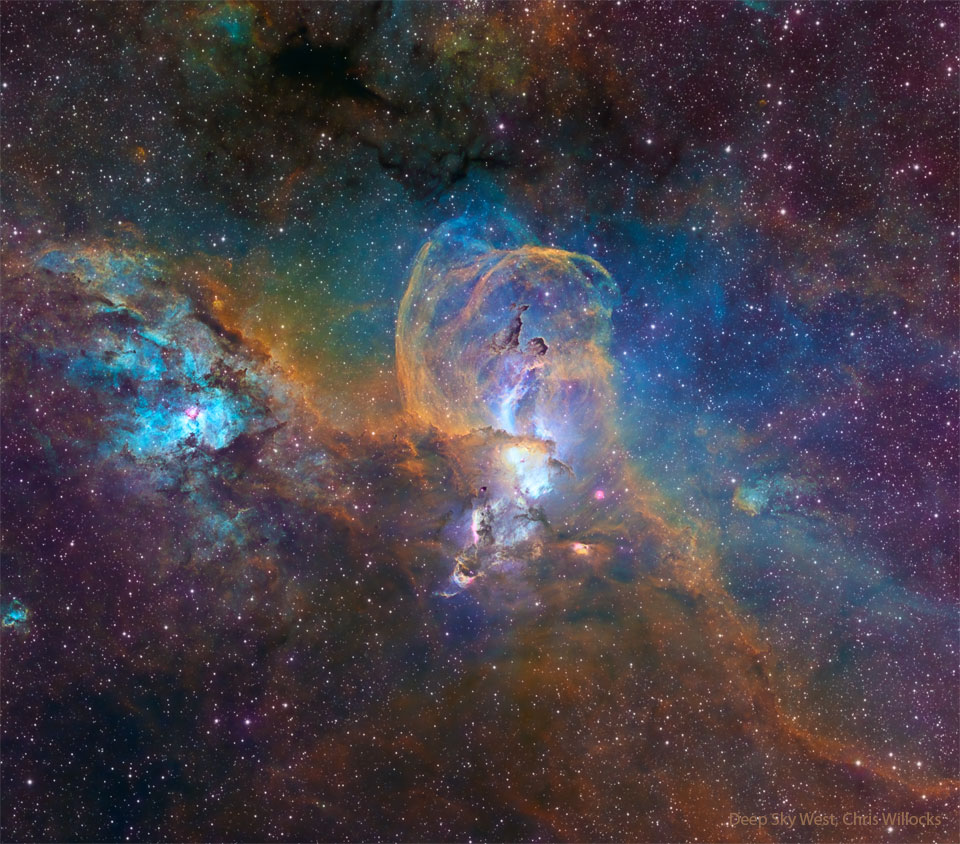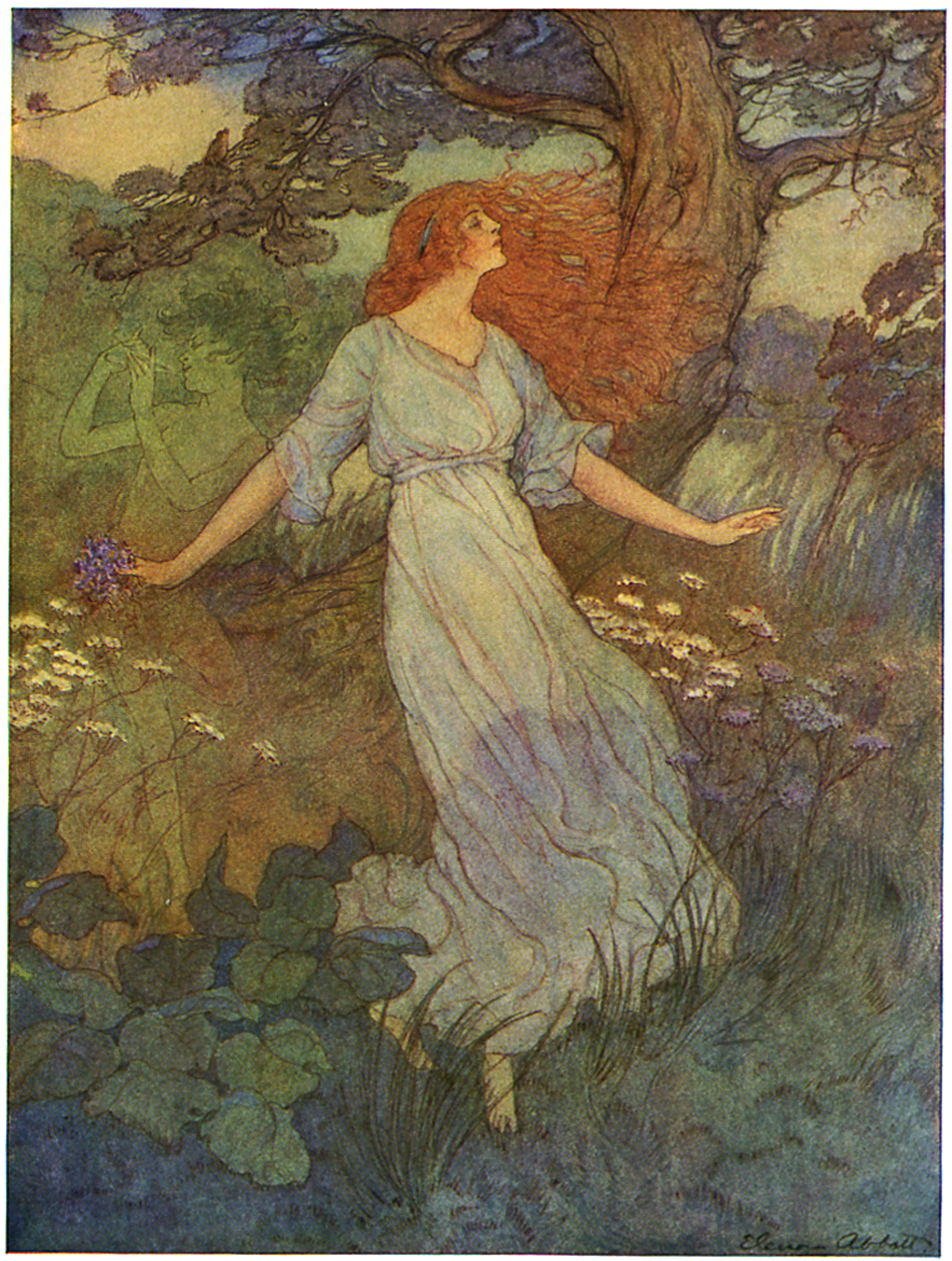Blog
“Soleá” is a flamenco singing style. “The Andonda”, a gypsy singer, was the first reference of this style. She was married with the singer “El Fillo”, who died in Sevilla in 1878. Oldest documents date from the 1850s, referring it as “La Soledad”. Sometimes as “soleá granaina”. In any case, these adjectives denote that this was very different from the current style. “Soleá” dancing is performed by an only dancer with great expressiveness. Movements can be typically feminine and are accompanied by “zapateado”. Dancer also draws attention moving his hips with seriousness and rudeness. Although “soleá” rhythm is heavy and slow, measure is similar to “bulerías” and “alegrías” (with other character). Considering music theory, rhythm would start on the pulse that is marked as 3, as way of following the lyrics of the song. Therefore, it would be a three beat rhythm with a changed accent, better said, a twelve pulse rhythm: 3+2+2+2+3.
The Soleá is a slow, solemn, and majestic flamenco form that likely comes from the Spanish word soledad, meaning solitude or loneliness. Tragedy, death, and desperation are the common subject matter for the Soleá cante (singers). Guitarists evoke these feelings in their playing as well. This tragic form is also known as the “Cante Jondo” category.
The Soleá is synonymous with the Soleares, known as the “Mother of Flamenco”. Flamenco guitarists usually begin their study with the Soleá since it has a relatively slow BPM (usually 50-110BPM). As a result, students have ample time to feel comfortable with the compás accents.
more...Teaching a Rhythm Roots Workshop at Tasks Unlimited (https://tasksunlimited.org) St Louis Park location working with the Mental Health community. Celebrating world drumming and world cultures. Sept 1st thru Oct 13th on Thursdays 930-11am

This NASA/ESA Hubble Space Telescope image shows a spiral galaxy known as NGC 7331. First spotted by the prolific galaxy hunter William Herschel in 1784, NGC 7331 is located about 45 million light-years away in the constellation of Pegasus (The Winged Horse). Facing us partially edge-on, the galaxy showcases it’s beautiful arms which swirl like a whirlpool around its bright central region. Astronomers took this image using Hubble’s Wide Field Camera 3 (WFC3), as they were observing an extraordinary exploding star — a supernova — which can still be faintly seen as a tiny red dot near the galaxy’s central yellow core. Named SN2014C, it rapidly evolved from a supernova containing very little Hydrogen to one that is Hydrogen-rich — in just one year. This rarely observed metamorphosis was luminous at high energies and provides unique insight into the poorly understood final phases of massive stars. NGC 7331 is similar in size, shape, and mass to the Milky Way. It also has a comparable star formation rate, hosts a similar number of stars, has a central supermassive black hole and comparable spiral arms. The primary difference between our galaxies is that NGC 7331 is an unbarred spiral galaxy — it lacks a “bar” of stars, gas and dust cutting through its nucleus, as we see in the Milky Way. Its central bulge also displays a quirky and unusual rotation pattern, spinning in the opposite direction to the galactic disc itself. By studying similar galaxies we hold a scientific mirror up to our own, allowing us to build a better understanding of our galactic environment which we cannot always observe, and of galactic behaviour and evolution as a whole.

Kofi Burbridge (September 22, 1961 – February 15, 2019) was an American keyboardist and flautist of the blues and blues rock group Tedeschi Trucks Band.Burbridge was born to William and Carol Burbridge in the Bronx, New York, United States, although the family moved to Washington, D.C. two years later.
Burbridge was a classically trained multi-instrumentalist who provided keyboards, organ, flute, and backing vocals for various bands throughout his career. He was previously part of the Grammy Award-winning Derek Trucks Band. He was also the brother of bass player Oteil Burbridge, who is known for his work in the Allman Brothers Band, Aquarium Rescue Unit, Dead & Company, and the Tedeschi Trucks Band. Oteil Burbridge cites his brother as his biggest influence and mentioned Kofi was found to have perfect pitch around the age of seven.
more...Oliver “Tuku” Mtukudzi (22 September 1952 – 23 January 2019) was a Zimbabwean musician, businessman, philanthropist, human rights activist and UNICEF Goodwill Ambassador for Southern Africa Region.
Mtukudzi grew up in Highfield, a poor neighborhood in Salisbury (modern-day Harare) in Southern Rhodesia. He began performing in 1977 when he joined the Wagon Wheels, a band that also featured Thomas Mapfumo and fellow guitarist James Chimombe. They were given the rare opportunity by Paul Tangi Mhova Mkondo, an African nationalist and music promotor, who provided money and resources to the group. He allowed them to perform at Club Mutanga (Pungwe) which, at the time, was the only night club available for blacks under Rhodesia’s policy of segregation. Their single Dzandimomotera went gold and Tuku’s first album followed, which was also a major success. Mtukudzi was also a contributor to Mahube, Southern Africa’s “supergroup”.
more...Chief Sunday Adeniyi Adegeye MFR (born 22 September 1946), known professionally as King Sunny Adé, is a Nigerian jùjú singer, songwriter and multi-instrumentalist. He is regarded as one of the first African pop musicians to gain international success, and has been called one of the most influential musicians of all time.
Sunny Adé formed his own backing band in 1967, eventually known as his African Beats. After achieving national success in Nigeria during the 1970s and founding his own independent label, Sunny Adé signed to Island Records in 1982 and achieved international success with the albums Juju Music (1982) and Synchro System(1983); the latter garnered him a Grammy nomination, a first for a Nigerian artist. His 1998 album Odu also garnered a Grammy nomination. Sunny Adé currently serves as chairperson of the Musical Copyright Society of Nigeria.
more...Jalaal Zulfonun (Persian: جلال ذوالفنون, : Jalâl Zolfonun, [dʒæˈlɒːl zolfʊˈnuːn]) was an Iranian musician, setaar player, and a prominent composer and teacher of Persian music.
more...While drifting through the cosmos, a magnificent interstellar dust cloud became sculpted by stellar winds and radiation to assume a recognizable shape. Fittingly named the Horsehead Nebula, it is embedded in the vast and complex Orion Nebula (M42). A potentially rewarding but difficult object to view personally with a small telescope, the featured gorgeously detailed image was taken in infrared light by the orbiting Hubble Space Telescope. The dark molecular cloud, roughly 1,500 light years distant, is cataloged as Barnard 33 and is seen above primarily because it is backlit by the nearby massive star Sigma Orionis. The Horsehead Nebula will slowly shift its apparent shape over the next few million years and will eventually be destroyed by high energy starlight.

Leonard Norman Cohen CC GOQ (September 21, 1934 – November 7, 2016) was a Canadian singer-songwriter, poet and novelist. His work explored religion, politics, isolation, depression, sexuality, loss, death, and romantic relationships. He was inducted into the Canadian Music Hall of Fame, the Canadian Songwriters Hall of Fame, and the Rock and Roll Hall of Fame. He was invested as a Companion of the Order of Canada, the nation’s highest civilian honour. In 2011, he received one of the Prince of Asturias Awards for literature and the ninth Glenn Gould Prize.
Cohen pursued a career as a poet and novelist during the 1950s and early 1960s, and did not begin a music career until 1967. His first album, Songs of Leonard Cohen (1967), was followed by three more albums of folk music: Songs from a Room (1969), Songs of Love and Hate (1971) and New Skin for the Old Ceremony(1974). His 1977 record Death of a Ladies’ Man, co-written and produced by Phil Spector, was a move away from Cohen’s previous minimalist sound.
In 1979, Cohen returned with the more traditional Recent Songs, which blended his acoustic style with jazz, East Asian, and Mediterranean influences. Cohen’s most famous song, “Hallelujah“, was released on his seventh album, Various Positions (1984). I’m Your Man in 1988 marked Cohen’s turn to synthesized productions. In 1992, Cohen released its follow-up, The Future, which had dark lyrics and references to political and social unrest.
Cohen returned to music in 2001 with the release of Ten New Songs, a major hit in Canada and Europe. His 11th album, Dear Heather, followed in 2004. In 2005, Cohen discovered that his manager had stolen most of his money and sold his publishing rights, prompting a return to touring to recoup his losses. Following a successful string of tours between 2008 and 2013, he released three albums in the final years of his life: Old Ideas (2012), Popular Problems (2014), and You Want It Darker (2016), the last of which was released three weeks before his death. A posthumous album, Thanks for the Dance, was released in November 2019, his fifteenth and final studio album.
more...James Marcellus Arthur “Sunny” Murray (September 21, 1936 – December 7, 2017) was one of the pioneers of the free jazz style of drumming.
Murray was born in Idabel, Oklahoma, where he was raised by an uncle who later died after being refused treatment at a hospital because of his race. He began playing drums at the age of nine. As a teen, he lived in a rough part of Philadelphia, and spent two years in a reformatory. In 1956, he moved to New York City, where he worked in a car wash and as a building superintendent. During this time, he played with musicians such as trumpeters Red Allen and Ted Curson, pianist Willie “The Lion” Smith, and saxophonists Rocky Boyd and Jackie McLean.
In 1959, he played for the first time with pianist Cecil Taylor and, according to Murray, “or six years all the other things were wiped from my mind…” “With Cecil, I had to originate a complete new direction on drums.” Murray stated: “We played for about a year, just practicing, studying — we went to workshops with Varèse, did a lot of creative things, just experimenting, without a job.” In 1961, Murray made a recording with Taylor’s group that was released under the auspices of Gil Evans as one side of Into the Hot.
more...
Charles Thomas Potter (September 21, 1918 – March 1, 1988) was an American jazz double bass player, best known for having been a member of Charlie Parker‘s “classic quintet”, with Miles Davis, between 1947 and 1950.
Born in Philadelphia, Pennsylvania, United States, Potter had first played with Parker in 1944, in Billy Eckstine‘s band with Dizzy Gillespie, Lucky Thompson and Art Blakey.
Potter also performed and recorded with many other notable jazz musicians, including Earl Hines, Artie Shaw, Bud Powell, Count Basie, Sonny Rollins, Stan Getz, Max Roach, Eddie Heywood, Tyree Glenn, Harry “Sweets” Edison, Buck Clayton and Charles Lloyd.
more...Leroy Eliot “Slam” Stewart (September 21, 1914 – December 10, 1987) was an American jazz double bass player, whose trademark style was his ability to bow the bass (arco) and simultaneously hum or sing an octave higher. He was a violinist before switching to bass at the age of 20. Stewart was born in Englewood, New Jersey, United States and began playing string bass while attending Dwight Morrow High School. While attending the Boston Conservatory, he heard Ray Perry singing along with his violin. This gave him the inspiration to follow suit with his bass. In 1937, Stewart teamed with Slim Gaillard to form the novelty jazz act Slim and Slam. The duo’s biggest hit was “Flat Foot Floogie (with a Floy Floy)” in 1938.
more...What’s happening in the Statue of Liberty nebula? Bright stars and interesting molecules are forming and being liberated. The complex nebula resides in the star forming region called RCW 57, and besides the iconic monument, to some looks like a flying superhero or a weeping angel. By digitally removing the stars, this re-assigned color image showcases dense knots of dark interstellar dust, fields of glowing hydrogen gasionized by these stars, and great loops of gas expelled by dying stars. A detailed study of NGC 3576, also known as NGC 3582 and NGC 3584, uncovered at least 33 massive stars in the end stages of formation, and the clear presence of the complex carbon molecules known as polycyclic aromatic hydrocarbons (PAHs). PAHs are thought to be created in the cooling gas of star forming regions, and their development in the Sun’s formation nebula five billion years ago may have been an important step in the development of life on Earth.

Keith Moore “Red” Mitchell (September 20, 1927 – November 8, 1992) was an American jazz double-bassist, composer, lyricist, and poet.
Mitchell was born in New York City. His younger brother, Whitey Mitchell, also became a jazz bassist.
Mitchell was raised in New Jersey by a father who was an engineer and loved music, and a mother who loved poetry. His first instruments were piano, alto saxophone, and clarinet. Although Cornell University awarded him an engineering scholarship, by 1947 he was in the U.S. Army playing bass. The next year, he was in a jazz trio in New York City.
Mitchell performed and/or recorded with Mundell Lowe, Chubby Jackson, Charlie Ventura, Woody Herman, Red Norvo, Gerry Mulligan, and, after joining the West Coast jazz scene in the early 1950s, with André Previn, Shelly Manne, Hampton Hawes, Billie Holiday, Stan Seltzer, Ornette Coleman, and others such as Mahalia Jackson. He also worked as a bassist in television and film studios around Los Angeles, occasionally appearing on screen. Mitchell also appeared in documentaries about Tal Farlow and Zoot Sims.
more...More Posts
- Amadou Bagayoko Memorial
- Daily Roots Burning Spear
- Penguin Tariff
- Ram Dass
- Happy Birthday Carson
- Somali Blues with J.D. Steele
- Cosmo M81 M82
- Beverly Watkins
- Randy Weston
- John Pizzarelli
- Charlie Rouse
- Art Taylor
- World Music Maandeeq
- Daily Roots-Roots International
- National Protest Today
- WOW
- The Big Lie
- Somali Blues 4-6-2025
- Dangerous Nazi Take Down
- Stan Levey
